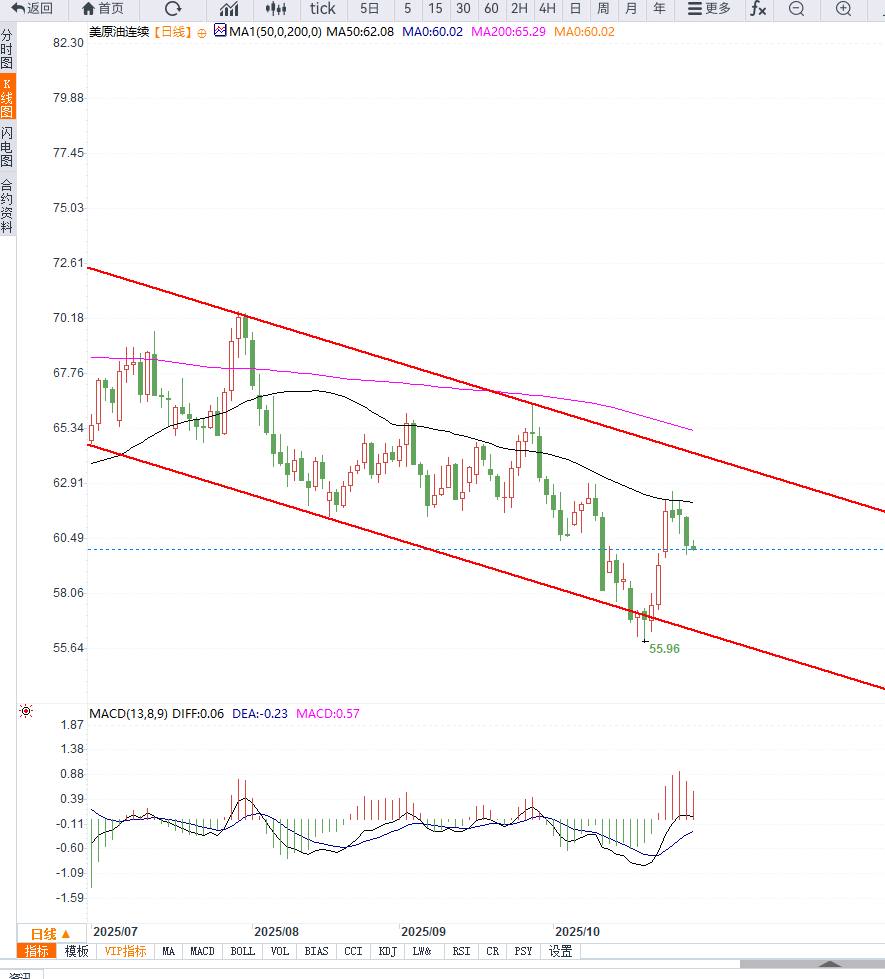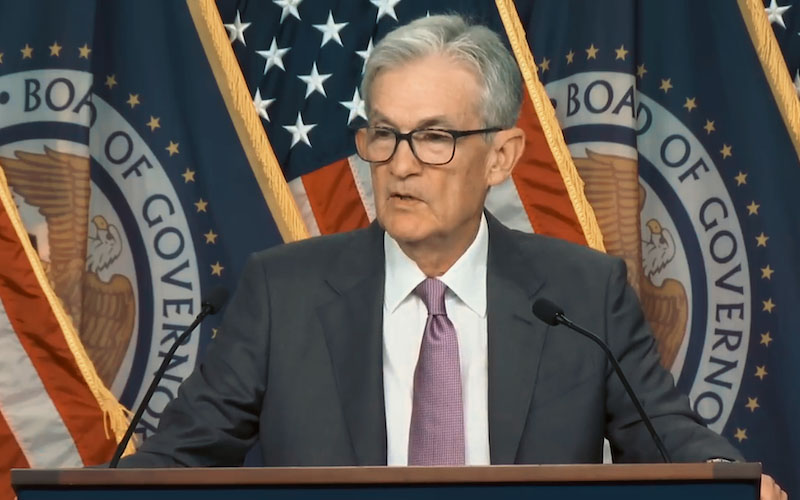Crude oil trading alert: Global oversupply expectations are putting downward pressure on oil prices; be wary of another break below support levels in the short term.
2025-10-29 10:50:32
In the United States, the latest industry data shows that national crude oil inventories have decreased by approximately 4 million barrels, while gasoline and distillate fuel inventories have also declined. However, inventories at the Cushing, Oklahoma storage hub have increased, indicating a regional divergence in supply and demand.
Market sentiment remains pessimistic. Oil prices have fallen for three consecutive months, with investors worried about a potential global supply glut. OPEC+ is set to meet this weekend, and the market widely expects the organization to approve further production increases.

At the same time, the market is also paying attention to the progress of trade negotiations between Asian countries and the United States.
“The fundamentals for the oil market remain bearish: OPEC+ continues to increase supply, and the market is further exacerbating the oversupply situation,” said Warren Patterson, Head of Commodity Strategy at ING Group in Singapore. “However, the sanctions against Russia remain the biggest uncertainty, and we need more time to observe their actual impact.”
Last week, the U.S. Treasury Department added two major Russian energy companies, Rosneft and Lukoil, to its sanctions list. Market traders are closely watching how the sanctions will affect global oil flows.
U.S. officials stated that the policy objective is to increase the risks and costs of Russian trade, while simultaneously avoiding driving up global oil prices. In Asia, Indian state-owned refineries are assessing whether they can continue to purchase discounted Russian crude oil through unsanctioned channels.
Furthermore, the upcoming Federal Reserve policy meeting is keeping investors cautious. The market widely expects the Fed to cut interest rates by 0.25 percentage points, which could impact overall risk asset appetite, including commodities.
Meanwhile, the premium of European diesel futures over Brent crude (i.e., the crack spread) rose to a near 20-month high. Analysts point out that this change reflects the dual factors of Russian sanctions and refinery outages increasing the risk of refined product supply in Europe.
From a technical perspective, the WTI crude oil daily chart shows that prices have closed lower for three consecutive days and broken below the key support level of $60.50, indicating a shift to a weak short-term trend. The MACD indicator continues to diverge downwards, showing increasing bearish momentum; the RSI remains around 40 and has not yet entered the oversold zone, suggesting that oil prices still have room to fall further.
If the price continues to fall below $59.80, it may trigger a new round of downward movement to the $58 level; conversely, if the price rises back above $61.30, a short-term rebound is expected, with resistance levels between $62.50 and $64.
Overall, oil prices are bearish in the short term, while in the medium term, attention should be paid to the outcome of the OPEC+ meeting and the direction provided by the Federal Reserve's interest rate policy.

Editor's Note:
The current weakness in oil prices stems primarily from three factors: first, the structural supply pressure resulting from continued production increases by OPEC+; second, market uncertainty caused by Russian sanctions; and third, the dual impact of economic slowdown and weak demand at the macro level.
In the short term, oil prices may fluctuate between $60 and $65 per barrel, but if the Federal Reserve further cuts interest rates and weakens the dollar, oil prices may see a technical rebound in mid-November.
- Risk Warning and Disclaimer
- The market involves risk, and trading may not be suitable for all investors. This article is for reference only and does not constitute personal investment advice, nor does it take into account certain users’ specific investment objectives, financial situation, or other needs. Any investment decisions made based on this information are at your own risk.





















